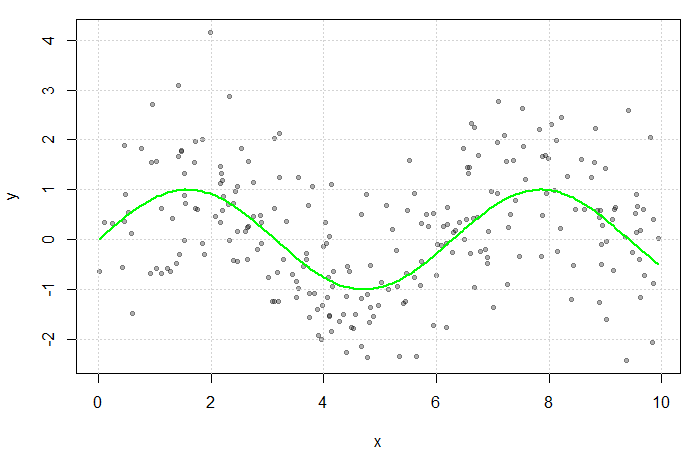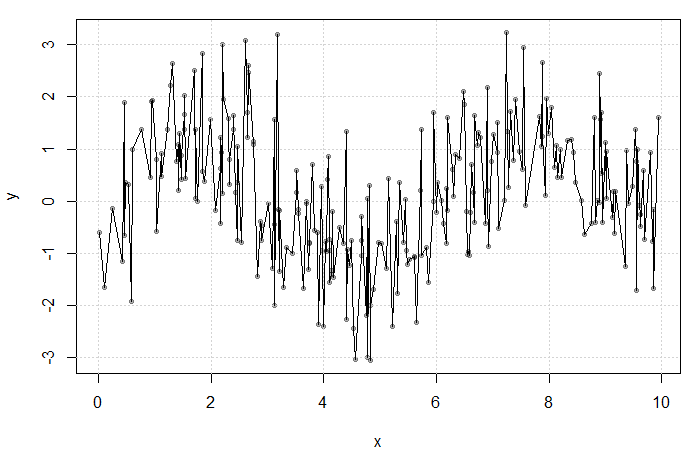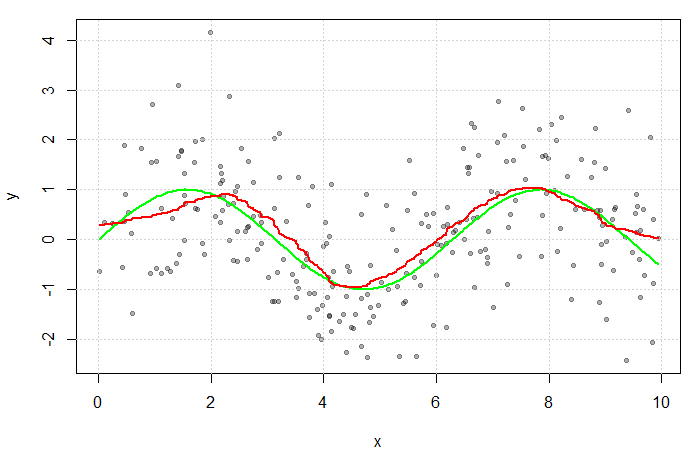To start, I apologize for this blog’s title but I couldn’t resist referencing to the Owen Wilson classic You, Me, and Dupree – wow! The other gold-plated candidate was U-statistics and You. Please, please, hold your applause.

My previous blog post defined statistical functionals as any real-valued function of an unknown CDF, ![]() , and explained how plug-in estimators could be constructed by substituting the empirical cumulative distribution function (ECDF)
, and explained how plug-in estimators could be constructed by substituting the empirical cumulative distribution function (ECDF) ![]() for the unknown CDF
for the unknown CDF ![]() . Plug-in estimators of the mean and variance were provided and used to demonstrate plug-in estimators’ potential to be biased.
. Plug-in estimators of the mean and variance were provided and used to demonstrate plug-in estimators’ potential to be biased.
![]()
![]()
Statistical functionals that meet the following two criteria represent a special family of functionals known as expectation functionals:
1) ![]() is the expectation of a function
is the expectation of a function ![]() with respect to the distribution function
with respect to the distribution function ![]() ; and
; and
![]()
2) the function ![]() takes the form of a symmetric kernel.
takes the form of a symmetric kernel.
Expectation functionals encompass many common parameters and are well-behaved. Plug-in estimators of expectation functionals, named V-statistics after von Mises, can be obtained but may be biased. It is, however, always possible to construct an unbiased estimator of expectation functionals regardless of the underlying distribution function ![]() . These estimators are named U-statistics, with the “U” standing for unbiased.
. These estimators are named U-statistics, with the “U” standing for unbiased.
This blog post provides 1) the definitions of symmetric kernels and expectation functionals; 2) an overview of plug-in estimators of expectation functionals or V-statistics; 3) an overview of unbiased estimators for expectation functionals or U-statistics.



